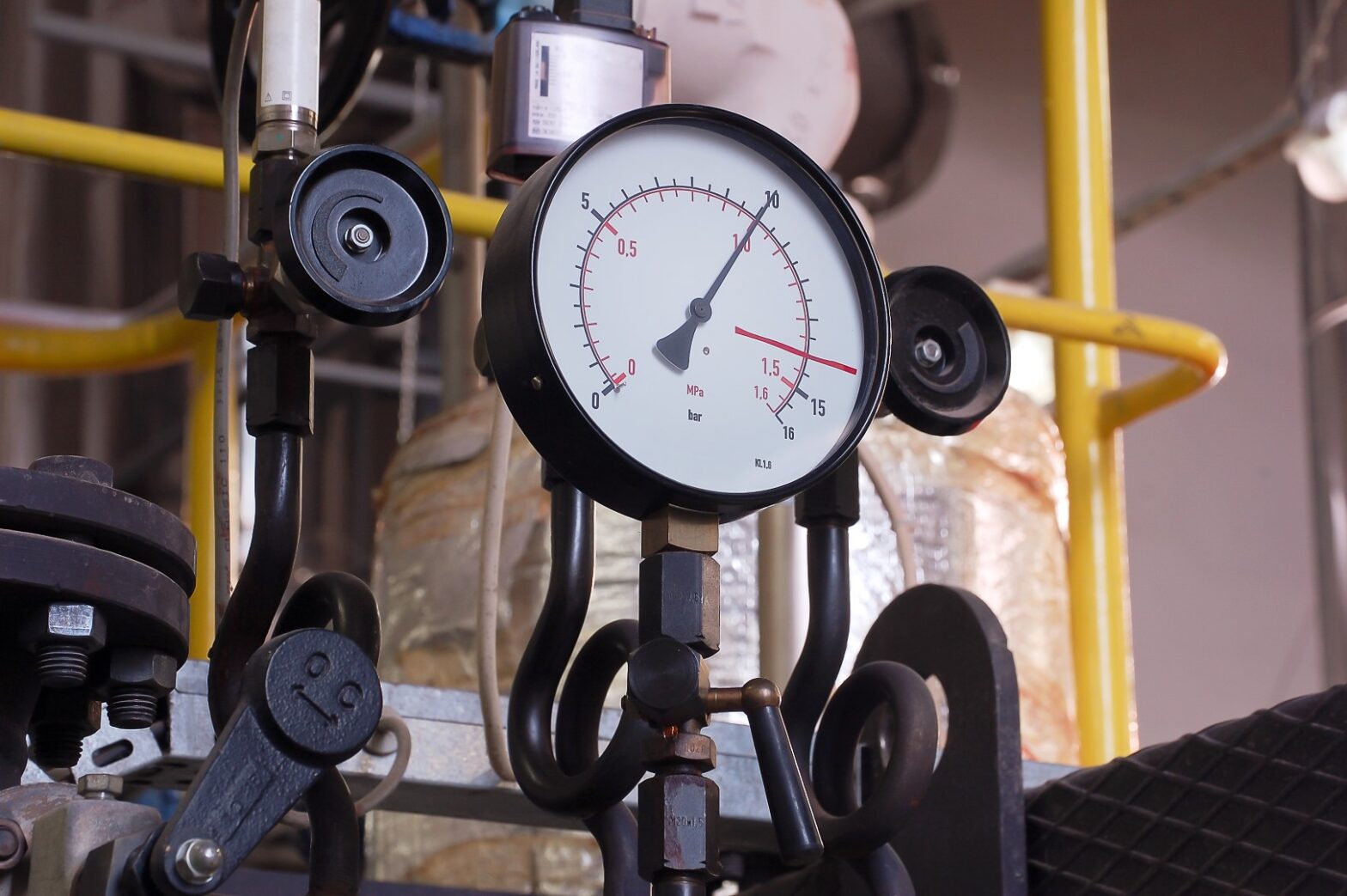Regular pressure calibration is essential, aligning with industry standards and manufacturer recommendations to uphold the accuracy, reliability, and safety of pressure measurement systems within industrial processes. The accuracy of pressure measurement holds utmost importance, underpinning operational integrity and safety protocols.
Reliable pressure readings not only ensure product uniformity and employee welfare but also eliminate risks like leaks and regulatory non-compliance. However, prolonged usage, environmental influences, and unexpected pressure fluctuations can compromise the precision of pressure systems.

